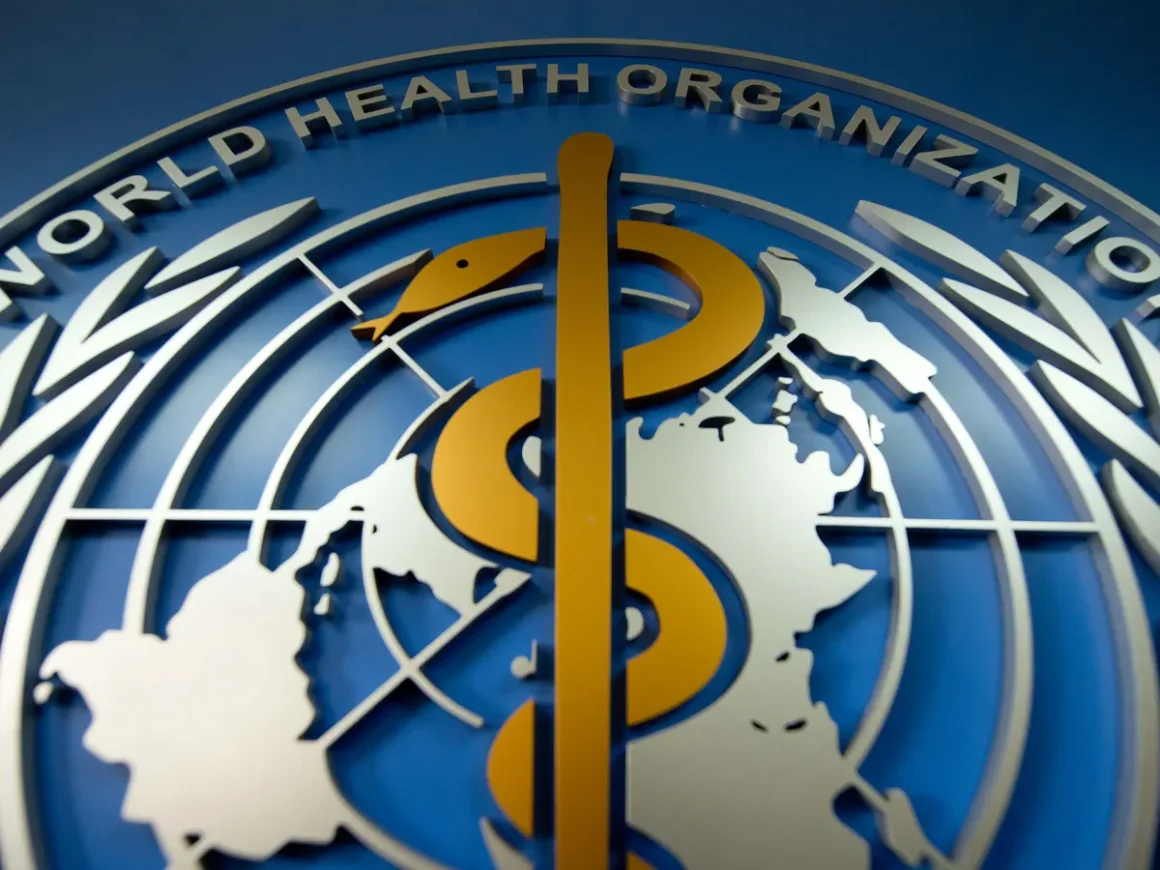As we pause to commemorate the 76th anniversary of the World Health Organization (WHO) on April 7th, let’s take stock of the advancements and ongoing hurdles in providing quality healthcare to all in the South-East Asia Region.
Looking back at Triumphs and Achievements
An undeniable stride towards Universal Health Coverage made this region witness an upswing in the accessibility and quality of healthcare. This progress is evident in the jump in the Universal Health Coverage service index, moving from 47 in 2010 to 62 in 2021. Another encouraging sign is the swell in the average number of medical healthcare workers – doctors, nurses, and midwives, which rose by 30.5% since 2015.
In the area of Maternal and Child Health, the region hit a landmark with a reduction of 68.5% in maternal mortality cases between 2000 and 2020. In addition to this, a promising decrease in the mortality rate among children under five was witnessed; rates falling from 84 per 1000 live births in 2000 to 29 per 1000 live births in 2021 including a considerable reduction in neonatal mortality rate within the same span.
Furthermore, there had been a remarkable headway in battling Infectious Diseases. The time period between 2015 and 2021 saw a 25% slump in new HIV cases and a massive 62% plunge in malaria instances, pointing towards the success of public health measures and disease management plans.
Persistent Challenges Still Lingering In South-East Asian Countries
One can not ignore to take cognizance of the extreme dominance of Health Inequities, which remains a substantial hurdle, with approximately 40% of the region’s population still deprived of basic health services, underscoring the disparities in healthcare access.
Next in the line is the Financial Barriers. Due to the inadequate health investment by national governments, there is an uptick in personal healthcare spending, causing financial strains on households seeking primary healthcare services. Apart from these, there are also challenges regarding the rising number of disease burden. The high TB mortality rate in 2021 stands witness to this, along with the unsettlingly high likelihood of early death due to major non-communicable diseases.
Addressing Inequities And Moving Towards Rights-Based Health
Focusing on vulnerable populations, the region faces ongoing battles, especially those in marginalized groups, most financially disadvantaged, and vulnerable groups who face barriers to seek essential healthcare services leading to unhealthy consequences and increased mortality rates.
Gender Disparities
There is persistence in challenges related to Gender Disparities, where women face hurdles in accessing healthcare. They struggle especially in diagnosing and treating non-communicable diseases like diabetes and hypertension. The issue of violence against women is still rampant playing a significant role in affecting their health and wellbeing.
Stigma And Discrimination
Another key obstacle is the prevalence of Stigma and Discrimination related to specific health conditions like TB, HIV/AIDS, disability, and mental health. Discrimination pushed further by divisions based on gender, ethnicity, religion, and other factors, hence exacerbating the health inequities.
In the push towards Human Rights-Based Approach, the region embraces equality and non-discrimination as vital principles in improving a rights-based healthcare approach. It’s crucial that communities affected by these health challenges participate in decision making that can shape inclusive and effective health policies.
As we jubilate over the success stories in healthcare improvement in the South-East Asia Region, it’s vital to take firm steps to eliminate existing healthcare inequalities. We aim for a future where the right to good health becomes a lived reality for every resident.

